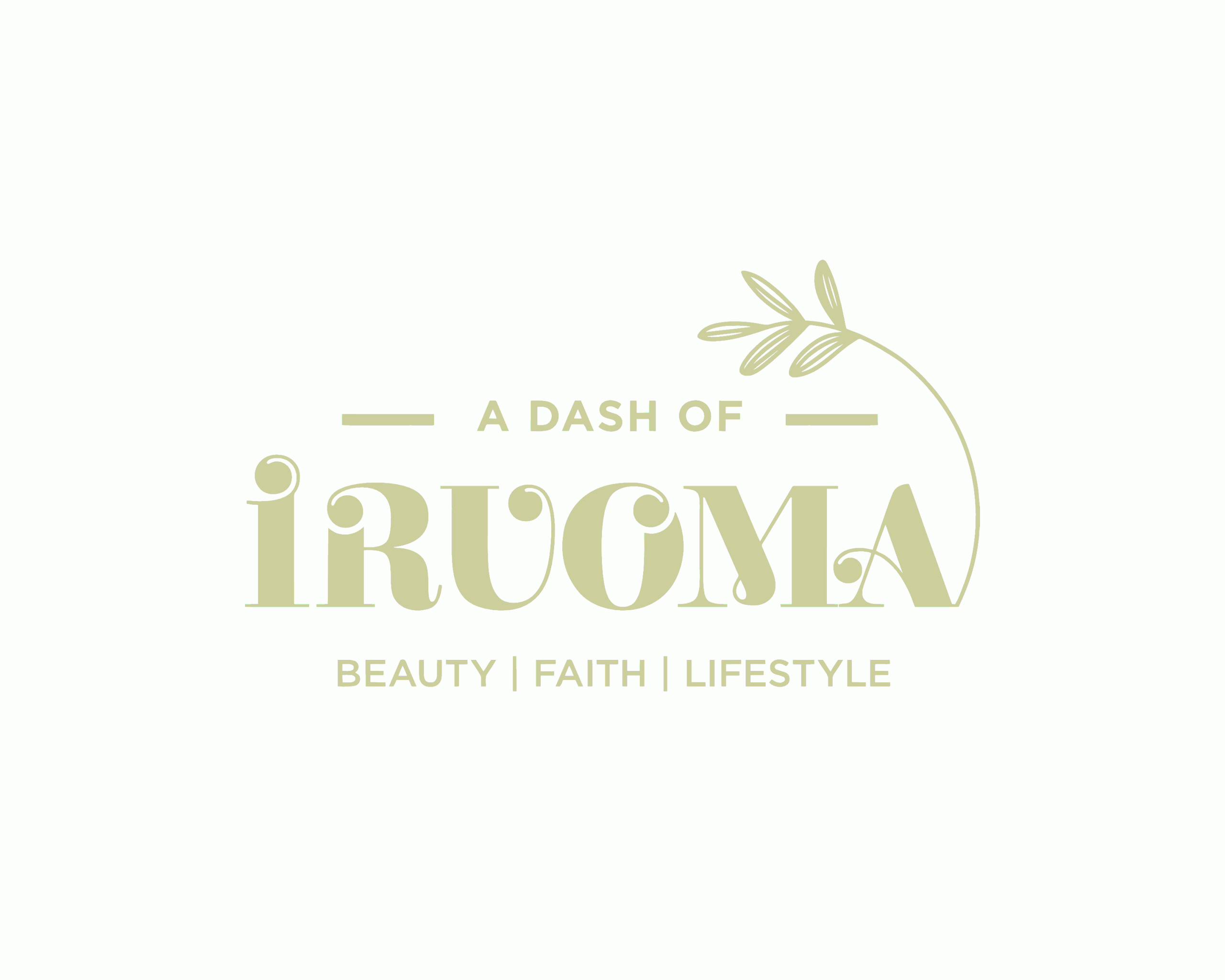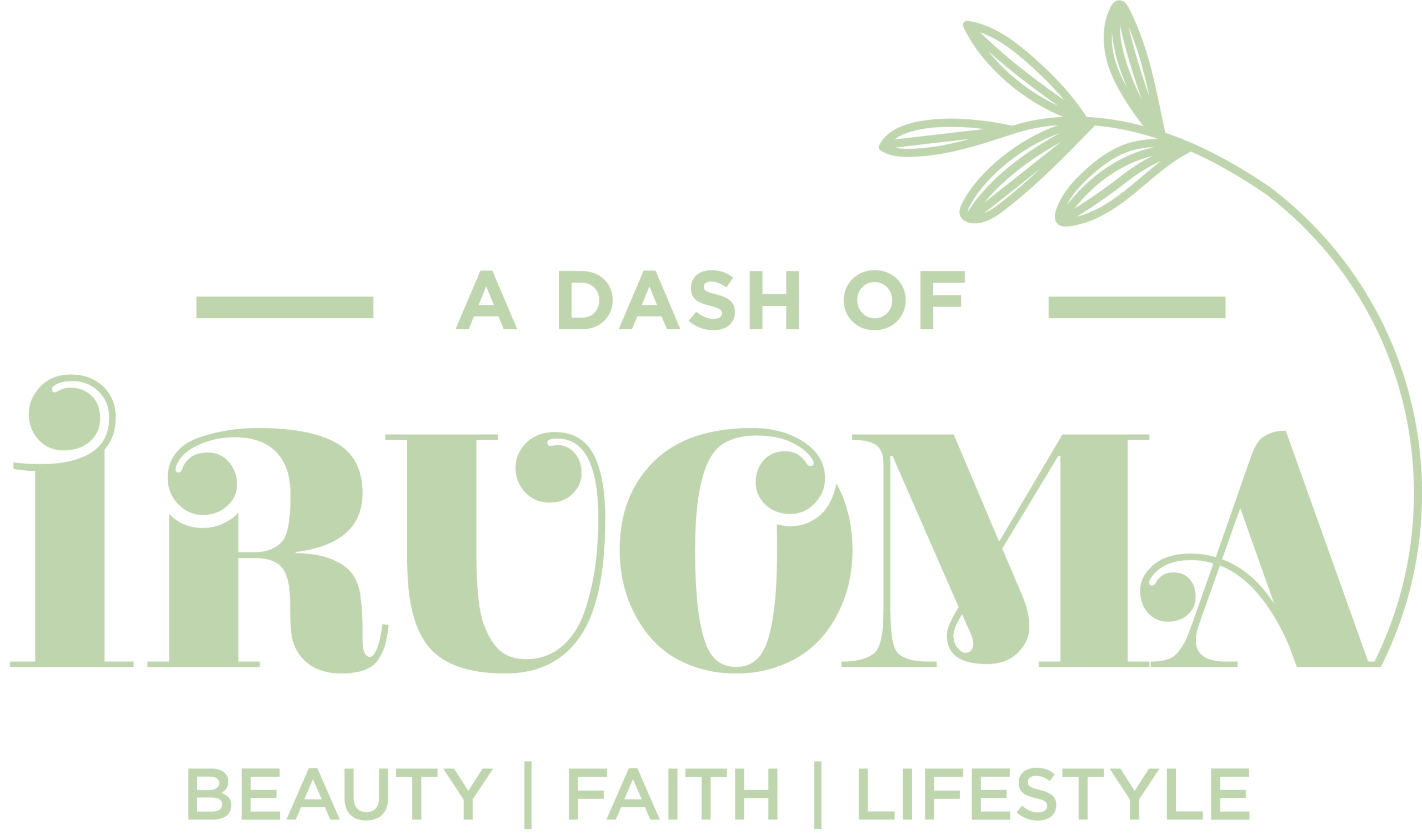All You Need To Know About the Mineral vs Chemical Sunscreen debate ft my current sunscreens
Nothing makes me happier than my friends sharing their skincare wins with me. Okay cake and icecream tops the list but you get my point.
Recently I casually mentioned “mineral sunscreen” when my friend showed me a recent buy and she called my attention to not knowing what it meant.
That’s the inspiration behind today’s post! The mineral vs chemical sunscreen debate is still common and it’s good to know what they are so it informs your decision making.
Mineral vs chemical sunscreen
There are two main types of sunscreens- minberal/ physical and chemical/organic. Before I explain more, there are some things your sunscreen needs to have.
☀️What you need in a sunscreen
- SPF 30 and above
- Shows broad-spectrum protection (PA +++) as that shows it shields against both UVA and UVB rays.
- Water-resistant
Now let’s get into the real thing, shall we?
Mineral susncreens
These sunscreens work by reflecting the UV rays away from your face. They act like a physical shield.
Check my take on the mineral vs chemical sunscreen debate and which is better for you.
☀️Ingredients
Mineral sunscreens contain physical filters like:
Titanium dioxide & Zinc oxide.
One example is the Gavia sunblock I reviewed here (ADD LINK).
My current mineral sunscreen is the Nivea****
Picture of Me and the sunscreen
☀️Pros of Mineral sunscreen
- Thjeyre a safer optin for sensitive skin since theyre not absorbed anc are less likely to cause irritation.
- Naturally offers a broad spectrum protection
- Non-comedogenic meaning it’s less likely to clog your pores (aka won’t cause break outs)
NB~ definition of broad spectrum*
☀️Cons of Minerak Sunscreen
- Easily rubbed off from sweating hence needs to be reapplied more often.
- The risk of a white cast is higher
- Takes more effort to rub in as it is usually thicker than chemical sunscreen
NB~ Whatvis a white cast?
Picture of Nivea texture
Chemical sunscreens
This sunscreen act by forming a thin film that absorbs UV rays before penetrating the skin.
☀️Ingredients
Chemical sunscreens usually contain:
Oxybenzone, octisalate, octinoxate, octocrylene, etc
Ps~ I don’t bother “cramming” the ingredients but I like to be familiar with them so I know my mineral vs chemical sunscreen at glance.
Picture of me with bondi sands
UP NEXT – Skincare Tips I Wish I knew when I started
☀️Pros of chemical sunscreen
- Easier to spread due to a thinner consistency.
- Usually won’t leave a white cast
☀️Cos of chemical sunscreen
- Needs to be applied 15-20 minutes before sun exposure as it’s effect is not immediate.
- More likely to irritate the skin due to iys ingredients
- Requires more frequent application.
- More likely to clog the pores so could causes frequent breakouts.
- Could sting the eyes
Picture of bondi sands texture
“So Iruoma, which is better?”, you might ask.
The one you would actually wear according to byrdie. Mineral sunscreens are better off due to being less irritating but, don’t let the mineral vs chemical sunscreen debate rob you off trying whichever type you want and actually using it.
What sunscreen do you use currently? Is it a mineral or chemical sunscreen? Let me know in the comments.
Please share with someone else!
Stay connected
TIKTOK // BLOGLOVIN’ // PINTEREST // NEWSLETTER


Add a Comment